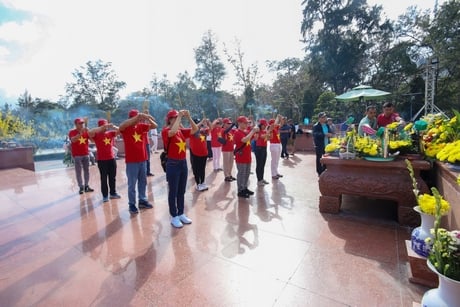 |
| There are 5 high-speed ferries to Con Dao every day, each carrying 300-550 passengers, including Vung Tau, Can Tho , and Tran De. In the photo: Tourists visit Hang Duong Cemetery. |
(VLO) We came to Con Dao on sunny and windy days in March. The sea is usually calm this season, as the folk saying goes, “in March, old women go to sea.”
However, due to the influence of the monsoon, the high-speed catamaran named Trung Nhi swayed and dived across the ocean from Tran De port, Soc Trang to Ben Dam port, taking more than two and a half hours.
With the excitement of a new explorer , going to the island for the first time, I did not feel tired but happy. Moreover, compared to the Truong Sa sea route that I had experienced, the 60 nautical miles from the mainland to Con Dao was nothing.
Previously, through researching documents, books and through the stories of former political prisoners and through contact and working with museum staff and relic centers on the island working in Vinh Long, I learned that Con Dao used to be a hell on earth.
Now coming directly to Con Dao, visiting the relics, seeing with my own eyes, seeing with my own eyes, this place under the colonial and imperialist rule was truly hell on earth.
I visited Phu Hai Prison, where thousands of patriots and revolutionary cadres were imprisoned and tortured, such as Ton Duc Thang, Nguyen An Ninh, Le Hong Phong, Le Duan, Le Van Luong, Pham Hung...
According to the undeniable evidence that remains, political prisoners here were brutally tortured with terrible tortures, worse than in the Middle Ages. There is no place in this world where physical and mental torture is used to destroy the will of patriotic communists.
Through the descriptions of the tour guides and what I saw with my own eyes, I felt a shiver. Many visitors standing and listening cried and expressed anger and hatred for the colonialists, imperialists and their lackeys.
Similarly, at Phu Tuong Prison, the American imperialists and the Saigon government set up so-called tiger cages to detain communists, where the people were not even human.
As American journalists and congressmen said when they came to investigate and discovered this tiger cage, it was extremely barbaric, nothing could be worse or dirtier.
I don't know what kind of brain the enemy had to build these rooms with partitions like animal cages.
Each cell is less than 2 meters wide, about 4 meters long, less than ten square meters, but they lock dozens of people in it. Above is an iron grill and a guarded passage, so the prisoners cannot escape.
Yet the prison guards often beat and tortured the prisoners with all kinds of tricks until their bodies were bruised and bruised. Then they used sharp iron sticks to stab the prisoners' skin and flesh, then sprinkled lime powder on them, and poured water on them, causing them to have sores and pain that was beyond description.
In prison, prisoners were forced to do hard labor until they died. For example, Con Dao pier, also known as pier 914, had at least 914 prisoners die here; or hundreds of people died when they were forced to build Ma Thien Lanh bridge.
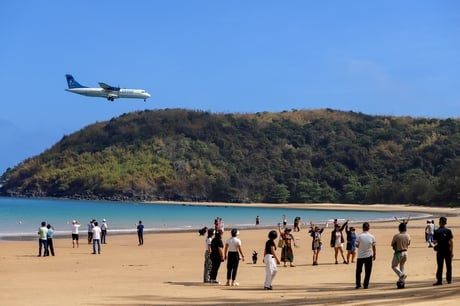 |
| Once a hell on earth, Con Dao has now become a tourist paradise with about 168 flights per week from all over the country to Con Dao. Photo: HUNG HAU |
According to incomplete statistics of the Con Dao National Monuments Conservation Center, since its establishment in the early period of French occupation of Vietnam, through two periods of resistance against French colonialism and American imperialism, tens of thousands of people were imprisoned and forced into hard labor, among them thousands of people died in Con Dao prison.
It can be said that every inch of Con Dao land has the blood, bones, remains, spirits and incense of heroic martyrs.
Not to mention those who were imprisoned and sacrificed in Hon Cau, not far from Con Dao. Therefore, Hang Duong Cemetery, which is dozens of hectares wide with many subdivisions, cannot be completely covered, and is the place where thousands of prisoners' bodies are buried.
Since the liberation day, the functional departments of Hau Giang province and Ba Ria-Vung Tau have tried their best to search and collect but only a small part, about 2,000 graves, of which the majority are unidentified.
So it can be said that everywhere in the Hang Duong Cemetery area, there are blood and bones of heroic martyrs lying somewhere.
Indeed, to gain independence and freedom for the nation, communist soldiers had to pay with their blood and bones in this most terrible hell on earth.
When the Ho Chi Minh Campaign was victorious on the mainland, the prisoners revolted, broke out of the prison camp, liberated Con Dao, and established a new government.
Under the leadership of the Party Committee and the government of Hau Giang province and later Ba Ria-Vung Tau province, a number of former prisoners returned, increasing the number of young cadres to join hands to build and develop the island.
Mr. Le Tan Dat - former Vice Chairman of the People's Council of Con Dao district, recalled: I am from Ben Tre. When I followed the former prisoners to the island, I was very young, no wife, no children, I was persuaded and went.
But there were no passenger boats, had to hitch a ride on a fisherman's boat, and yet still hid from the border guards because they thought we were crossing the border illegally. Diving and struggling with the wind and waves for days and nights to reach the island.
Gradually, I and many others were sent by the uncles to study culture and receive training in the mainland to return to become successor cadres.
He said, for some reason, back then, the islanders had a habit of going to the wharf every time a passenger ship arrived or departed, just waiting but no one was taking anyone, no one was picking them up, every time someone came to the island they were happy, every time someone left the island they were sad. But when the sea was rough, for a whole month no ship from the mainland could come. And yet they still waited...
Ms. Bui Thi Giau, a guesthouse owner here, said: When I came here, I was only a teenager. My whole family hitched a ride on a fisherman's boat for a week. We vomited green bile, one person vomited on the other, it smelled so bad, we couldn't eat anything, and yet we've been able to survive for nearly forty years!
Mr. Tu Tranh - former Director of Con Dao Electricity, said that when he first came here, he worked as an employee in charge of lighting up several relic sites and offices of the island district at night.
There are not many people on the island, everyone knows each other, mainly Party Committee, department and branch officials, the most numerous are teachers, cultural officials and people who are also relatives of the officials on the island.
In the past, when people came here, they were given land to build houses and produce, but some people did not dare to accept it, and returned the land allocation decision on a typewritten piece of paper to the committee because they were afraid they would not be able to stay there for long. But now, those plots of land in the center of the island district are worth one to two hundred million dong.
According to the district leaders, Con Dao has now developed rapidly with many roads crisscrossing like a chessboard, connecting all residential areas across the island district.
The population is now nearly ten thousand people, the largest are from the West, followed by people from the North and Central regions who come here to do business and make a living.
Previously, to get to the island, you had to take a passenger boat from Vung Tau, which took a whole day. In recent years, there have been additional high-speed boats from Tran De port, Soc Trang, which only takes two and a half hours, and from Can Tho, it takes about four hours by boat.
In addition, Co Ong airport receives over 20 flights from Hanoi, Ho Chi Minh City, and Can Tho every day. According to the Director of the Con Dao National Monument Conservation Center, on average, Con Dao welcomes over 2,000 tourists every day, with the highest number on holidays, Saturdays, and Sundays.
Now, everyone, every household provides services, motels, hotels, homestays, restaurants, eateries, souvenir shops,... springing up like mushrooms.
The good thing is that the perimeter of Con Dao is not large, visitors can walk or take an electric taxi at a very reasonable price; otherwise, renting a motorbike for the whole day only costs 150,000 VND, no need to mortgage anything, and can park it wherever they want without anyone stealing it.
Most visitors to Con Dao come to visit the prison system, historical evidence of the brutality that French colonialism and American imperialism inflicted on the Vietnamese people, and for spiritual tourism.
Among them, Hang Duong Cemetery is the place where every visitor wants to come once to burn incense for Vo Thi Sau and the heroic martyrs. Besides, Con Dao's scenic spots are also very attractive to tourists.
All the beaches in the center and around the island such as Phu Hai, Dam Trau are very clean, beautiful, the water is so clear that you can see the bottom. Visitors can also visit Con Dao National Park, take a canoe to Hon Bay Canh, Hon Cau to dive, see coral,... with only a few hundred thousand VND per person, you will have an interesting experience.
It can be said that Con Dao has now changed its appearance, from hell on earth it has become a tourist paradise, attracting many domestic and foreign tourists.
Infrastructure has developed rapidly, civilized and modern; both material and spiritual life of the people has been increasingly improved as the wishes of the deceased and the dreams of many generations of Con Dao people from the past to the present.
NGUYEN SAN
Source link



![[Photo] General Secretary To Lam receives Chief of the Central Office of the Lao People's Revolutionary Party](https://vphoto.vietnam.vn/thumb/1200x675/vietnam/resource/IMAGE/2025/5/30/140435f4b39d4599a3d17975dfb444c5)
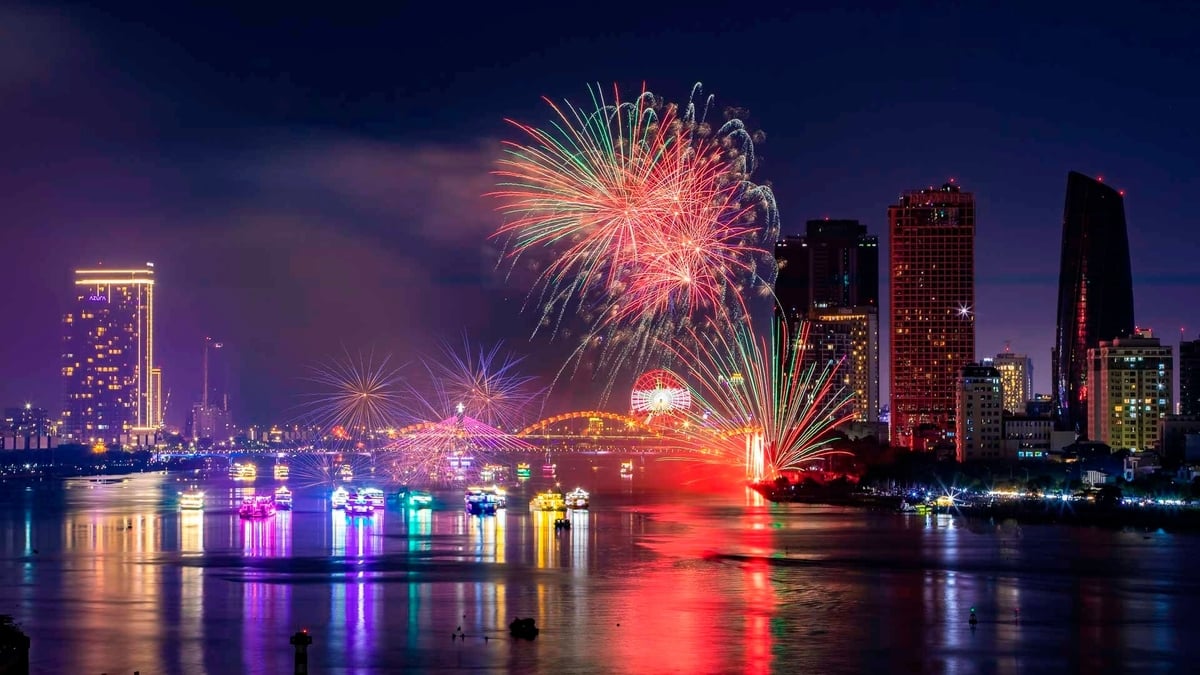

![[Photo] National Conference "100 years of Vietnamese Revolutionary Press accompanying the glorious cause of the Party and the nation"](https://vphoto.vietnam.vn/thumb/1200x675/vietnam/resource/IMAGE/2025/5/30/1cf6cd5c8a934ebfa347028dcb08358c)


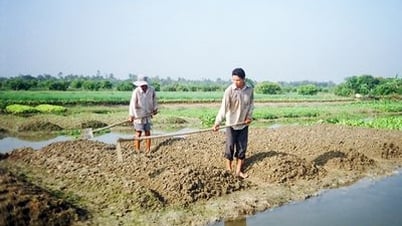






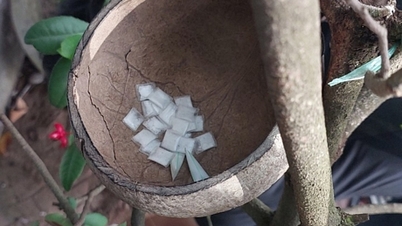
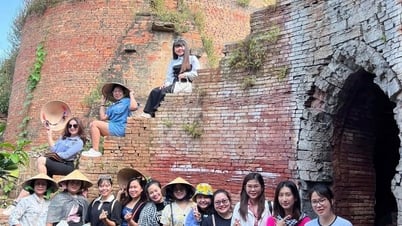
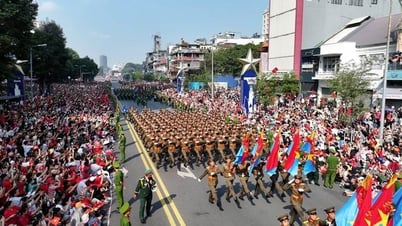
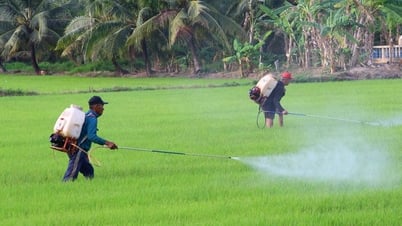
![[Photo] Journalists moved to tears at the Memorial Service for the soldiers who died in Gac Ma](https://vphoto.vietnam.vn/thumb/1200x675/vietnam/resource/IMAGE/2025/5/30/9454613a55c54c16bf8c0efa51883456)































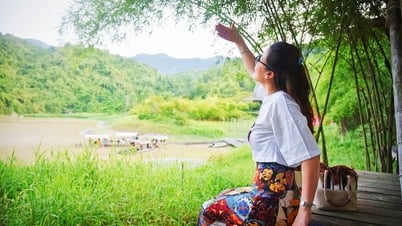
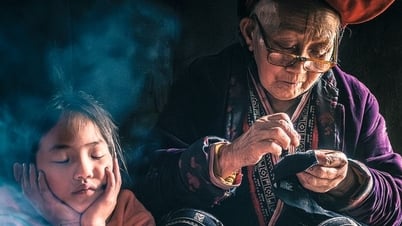






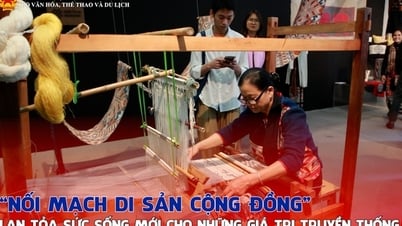
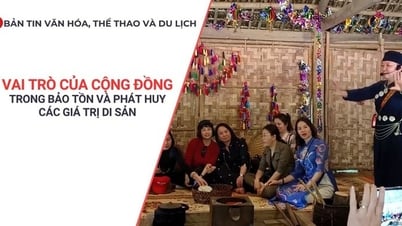
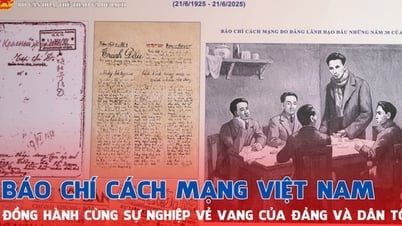




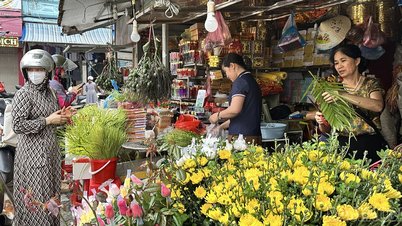

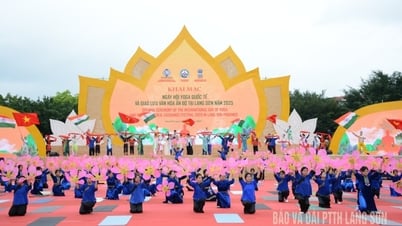



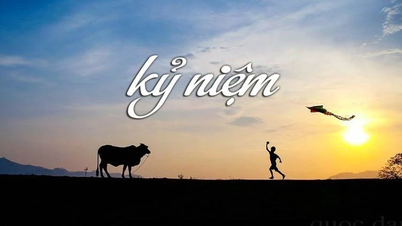
















Comment (0)